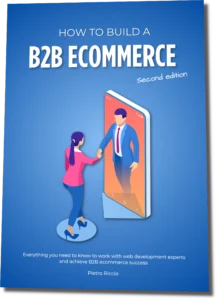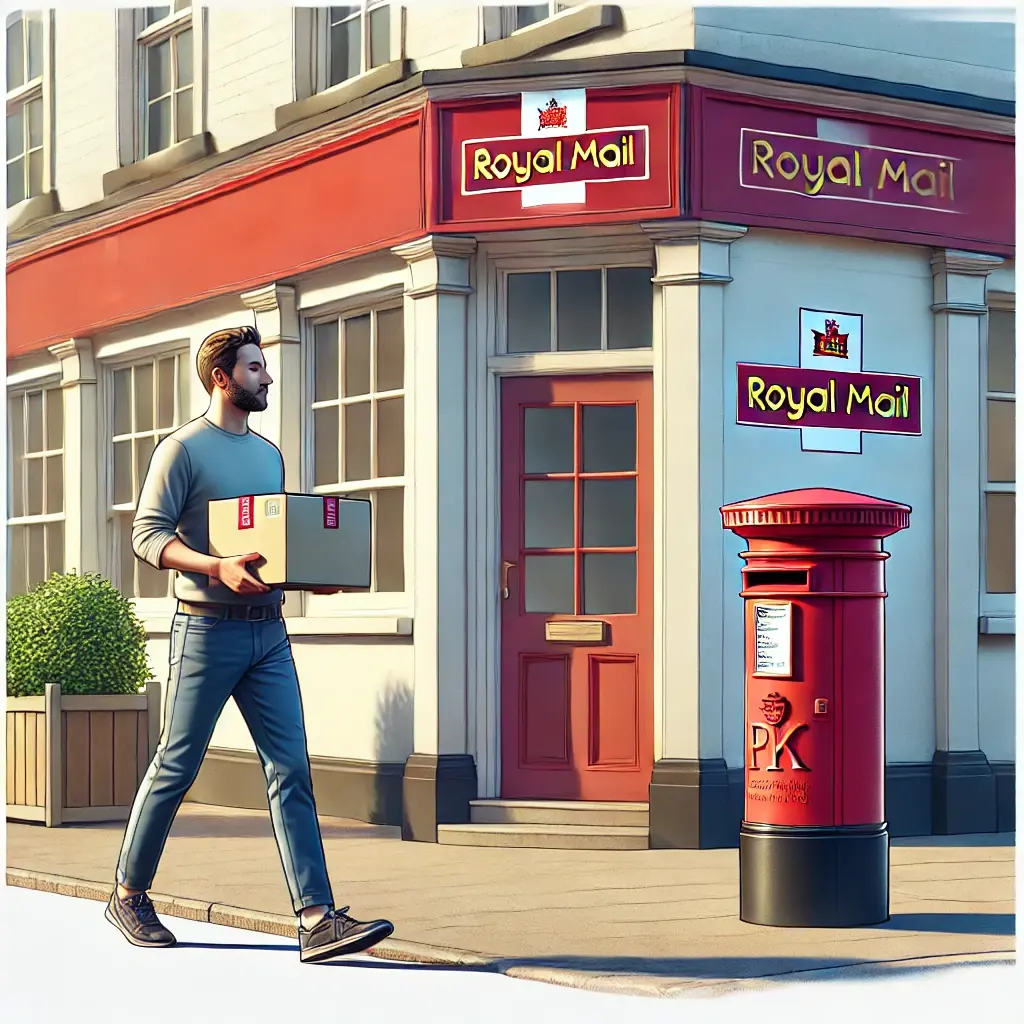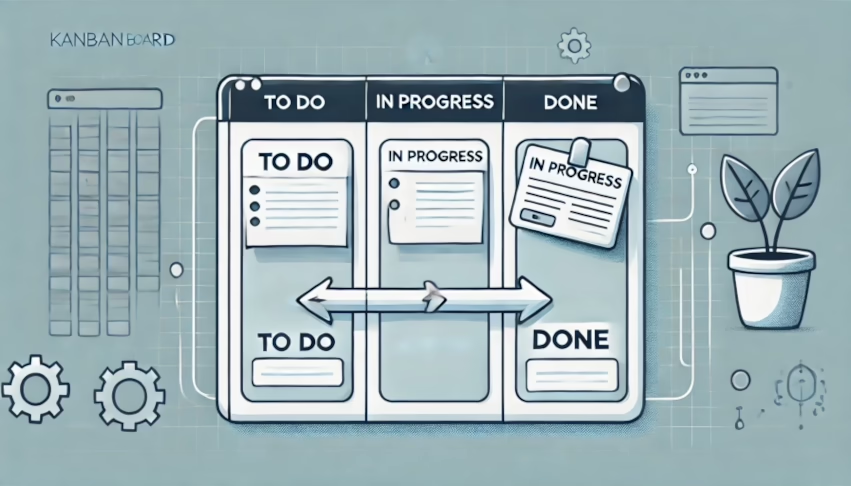The debate over whether to offer free returns or charge for them is heating up in the e-commerce world. With more large companies rethinking their policies, the question remains: what’s better for your small business?
The Case for Free Returns
Traditionally, free returns have been seen as a way to reassure customers, encouraging them to make purchases without the fear of losing money if the product isn’t right. In fact, 90% of shoppers say a hassle-free returns process is crucial in their decision-making (Forbes).
Naturally, different sellers (and different products) will offer different types of returns. A chain of stores could be able to receive unwanted, unboxed items at any of their physical shops. An independent online retailer might be limited in what they can offer. Yet, when done well, free returns can build trust, boost sales, and reduce cart abandonment, especially for items like clothing where fit is hard to gauge online.
The Problem with Free Returns
However, the cost of free returns can quickly add up, particularly with high return rates for online purchases—about 30% of items are returned (Cleanhub). For some retailers, offering free returns is becoming unsustainable.
Large brands like ASOS , whose customers can’t opt to bring the item to a physical store, now charge for returns unless they buyers keep £40 of their order (BBC). The reason? Handling returns is expensive, and these costs can chip away at profits.
Moreover, returns contribute significantly to environmental damage. Returned goods not only require more packaging and transport but also often end up in landfills – particularly in the fashion industry (Packaging Europe).
Why Charging for Returns Can Be a Win-Win
Charging for returns helps filter out “serial returners” and discourages unsustainable shopping behaviors like wardrobing, where customers buy items with the intent to use them briefly and return. This not only saves businesses money but also reduces the carbon footprint associated with returns. Introducing a treshold that still triggers the free return options means that ordering multiple sizes of an item is still doable and rational.
Some retailers are also using hybrid strategies. Zara, for example, charges customers a modest fee for returning items by post but offers free returns if items are taken back to a store. Others, like Amazon, incentivize returns to drop-off locations and reduce the logistics costs.
Creating a Valuable Return Experience
Charging for returns doesn’t have to harm the customer experience. Even for small, independent e-commerce businesses.
Providing convenient return services, like printerless returns, distributed or automated drop-off points, or home pickups, can make paying for returns more acceptable. Shoppers value convenience, so offering a premium return service (even if it’s paid) could enhance customer loyalty. As long as communication is clear.
I recently purhcased some items in the EU (I live in the UK), and needed to return my parcel. I knew I would have to pay, but I also knew that I would not be able to find the same items in the UK. Paying for a printerless home pickup was a no brainer, and it probably costed me less than going to drop off the items by car or bus.
What’s the Right Move for You?
Returns are an art and a science, see this interesting Harvard Business Review article. Yet, the bottom line is that if your margins are tight, or you sell in a highly competitive industry like fashion, charging for returns might be necessary to protect your profits and reduce environmental impact. However, you can balance this by improving product descriptions, offering virtual try-ons, and using size guides to minimize returns in the first place.
Ultimately, while free returns might still work for some businesses, particularly those looking to grow their market share, charging for returns can offer long-term sustainability benefits for both the business and the planet.




